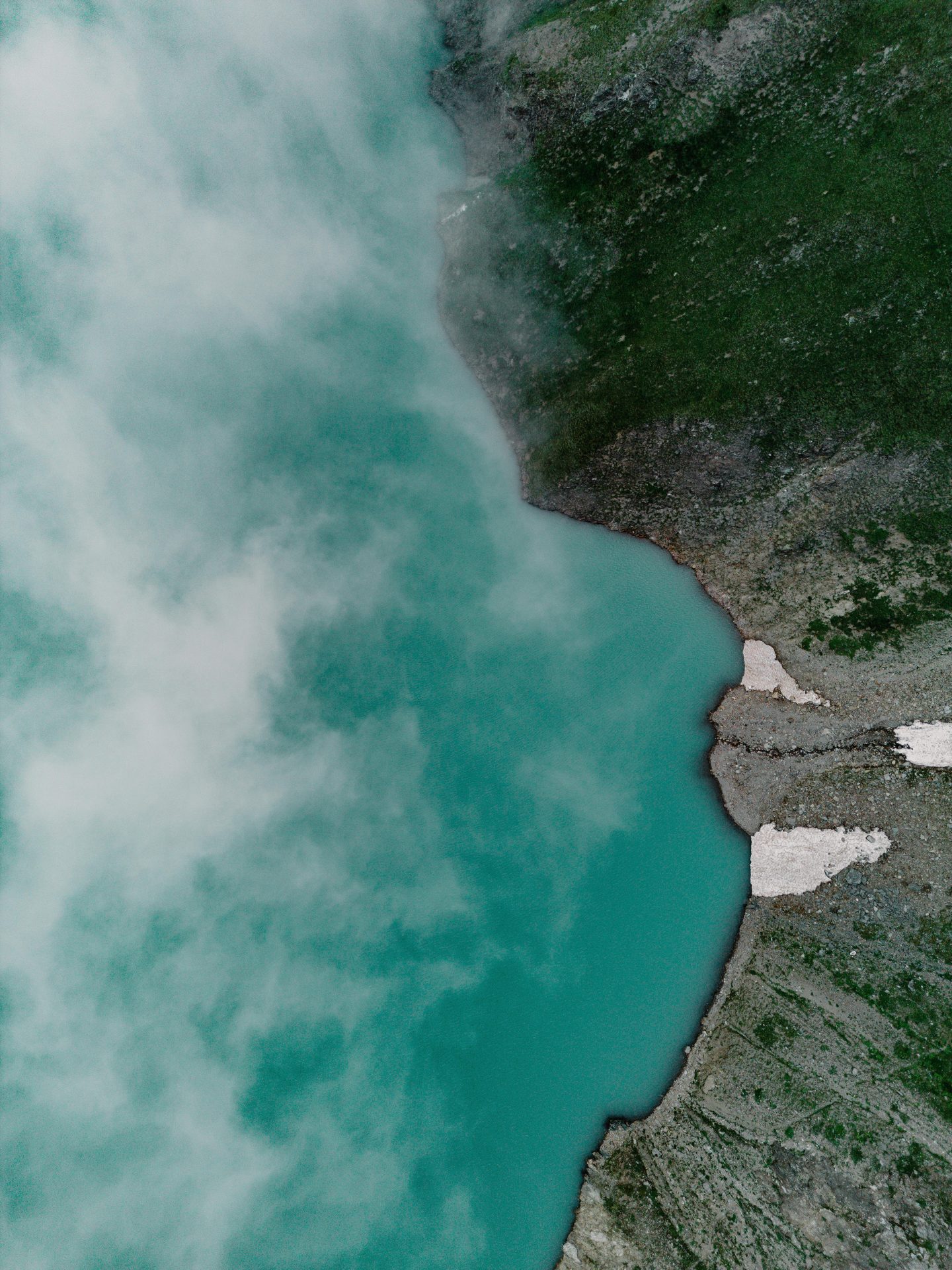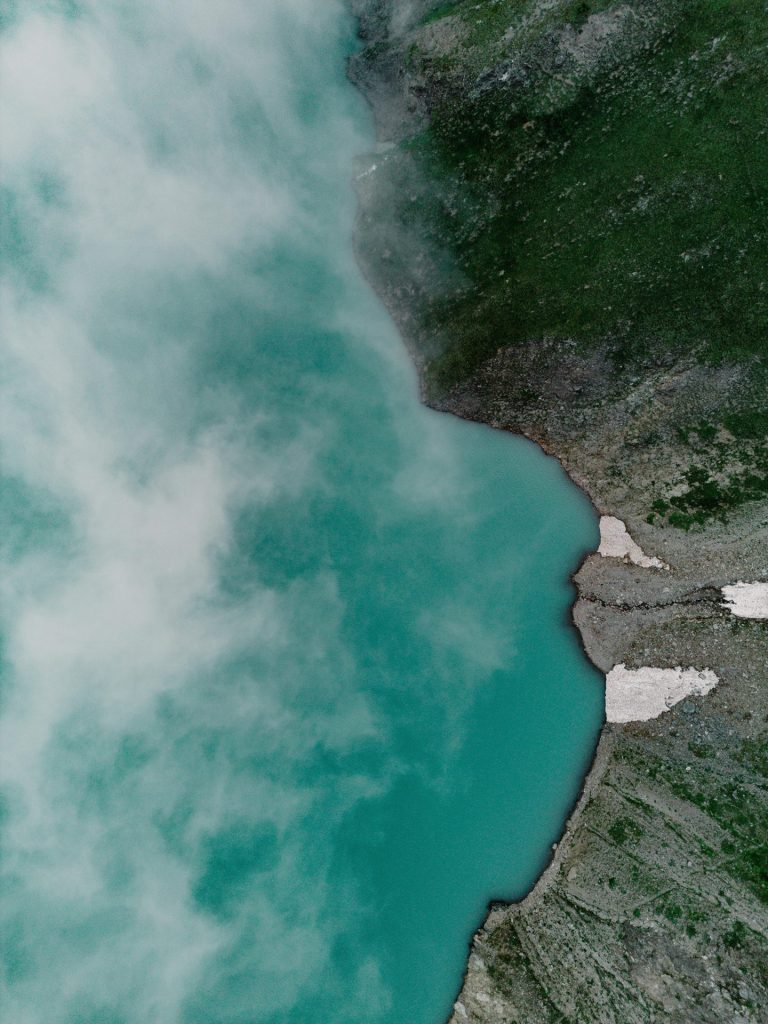Physical Address
304 North Cardinal St.
Dorchester Center, MA 02124
Physical Address
304 North Cardinal St.
Dorchester Center, MA 02124


This post may contain affiliate links. As an Amazon Associate, we may earn commissions from qualifying purchases.
Have you ever wondered how underwater drones are utilized in the expansive and complex field of oil and gas exploration? This fascinating intersection of technology and industry has revolutionized how we explore the ocean depths. Underwater drones, also known as remotely operated vehicles (ROVs) or autonomous underwater vehicles (AUVs), are increasingly becoming indispensable in the exploration and extraction of oil and gas resources beneath the sea floor. In this article, you’ll discover the various roles these drones play and how they transform traditional methods.

Underwater drones are unmanned vehicles designed to operate underwater for various purposes, including exploration, observation, and maintenance. These technological marvels can be remotely operated or function autonomously, depending on their design and the mission’s requirements.
ROVs are tethered to a control source on a vessel, usually operated by a skilled pilot. This connection enables real-time control and data transmission, making them ideal for tasks requiring precision and oversight.
AUVs, on the other hand, are not tethered. They are programmable and capable of operating independently for extended periods. They are particularly useful for surveys that require less frequent human intervention.
Knowing the distinctions between these types enriches your understanding of how they’re deployed in varying scenarios within oil and gas industries.
Underwater drones offer numerous advantages in the exploration phase, proving instrumental in various tasks.
Underwater drones perform initial site surveys, collecting geological data that help identify promising areas for drilling. Equipped with advanced sensors, these devices measure water depth, temperature, salinity, and other factors critical to scouting potential drilling sites.
Drones conduct detailed seabed mapping, using sonar and video imaging to create high-resolution maps of the ocean floor. These maps are essential for understanding the underwater terrain and identifying any obstacles that might affect operations.
Conducting environmental assessments ensures that exploration activities have minimal impacts on marine life and habitats. Drones gather data on biodiversity, water quality, and other ecological factors, facilitating compliance with environmental regulations.
Once a site is identified, the operational role of underwater drones becomes even more crucial, assisting in a variety of applications.
Underwater drones routinely inspect rigs, pipelines, and other underwater structures. They provide visual documentation and identify any signs of wear, corrosion, or damage, ensuring structures remain integrity throughout their lifespan.
During the construction of new installations, drones serve as the underwater eyes for engineers, allowing real-time oversight of construction activities. They ensure precision and compliance with design specifications, reducing the likelihood of costly errors or delays.
Equipped with advanced sensors, drones can detect leaks and other anomalies in pipelines with exceptional accuracy. This capability is critical in preventing environmental contamination and adhering to safety standards.
Several technological advancements allow underwater drones to perform these tasks efficiently and accurately.
Equipped with cutting-edge cameras and sensors, drones capture high-definition images and videos and measure various parameters essential for data analysis.
| Feature | Description |
|---|---|
| Cameras | Capture high-resolution images and videos for analysis |
| Sensors | Measure physical and chemical properties, aiding in data collection |
Sonar systems enable drones to detect and map underwater features with precision. They are fundamental in creating accurate representations of the seabed and locating objects below the surface.
Advanced GPS and navigation systems ensure that drones maintain a precise location and trajectory during missions, even in challenging conditions.

Utilizing underwater drones offers several compelling advantages in oil and gas exploration.
Drones reduce the need for human divers, thereby mitigating risks associated with underwater operations. Their deployment is particularly beneficial in hazardous conditions, ensuring human safety.
By providing accurate data quickly and reducing the need for large crews and equipment, drones significantly lower operational costs. They also minimize downtime by quickly identifying issues and deploying targeted solutions.
The precision and reliability of the data collected by drones surpass traditional methods, contributing to better decision-making and project outcomes.
Despite their advantages, several challenges and considerations come with implementing underwater drones in exploration activities.
Underwater environments are inherently harsh and variable. Drones need to withstand pressure, corrosion, and strong currents, which necessitates robust designs and materials.
As drones conduct extended missions, their battery life becomes a critical factor. Innovations in power solutions are gradually extending these capabilities, but limitations still exist.
Handling and analyzing the vast amounts of data collected is a primary challenge. Effective data management systems are essential to process and interpret this information efficiently.

The future of underwater drones in oil and gas exploration is promising, driven by technological advancements and industry demands.
The integration of artificial intelligence (AI) promises to enhance the capabilities of drones, enabling them to make real-time decisions and optimize mission outcomes.
As exploration moves into deeper and more remote regions, drones are expected to play pivotal roles in overcoming logistical challenges and improving resource accessibility.
Developments in communication technologies will enhance the real-time interaction capabilities of underwater drones, making operations more efficient and responsive.
In summary, underwater drones are transforming the realm of oil and gas exploration, offering safer, cost-efficient, and data-driven approaches to underwater operations. As technology continues to advance, you can expect these innovative tools to become even more integral to exploration efforts, ensuring sustainable and efficient access to underwater resources.